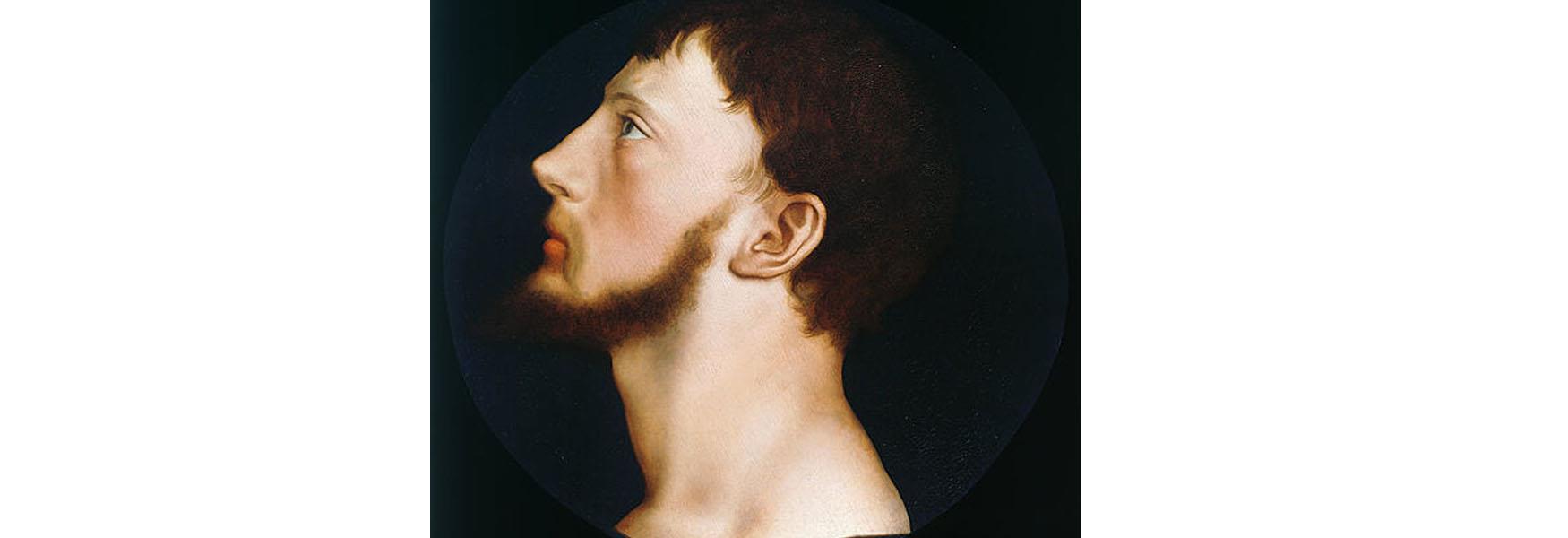To build your own Itinerary, click  to add an item to your Itinerary basket.
to add an item to your Itinerary basket.
Already saved an Itinerary?


You are here: Inspire > Famous People > Sir Thomas Wyatt
Sir Thomas Wyatt (1521 - 1554)
Sir Thomas Wyatt was born in 1531. His father, also Sir Thomas, was a poet and Ambassador for Henry VIII. The family lived in Allington Castle, near Maidstone, and also held lands at Boxley Abbey following its Dissolution.
Sir Thomas the younger was raised a Catholic and accompanied his father to Spain where the Inquisition had begun. He was married by the age of 16 and inherited Allington Castle and Boxley Abbey on the death of his father in 1542. He later fled the property for personal reasons and joined a group of volunteers taking part in the siege of Landrecies in 1543. During this time, he established himself as a prominent military figure and was highly regarded. He then took part in the siege of Boulogne where he was given responsible command.
In 1547, he was elected Member of Parliament for Kent.
While in Spain with his father, Sir Thomas developed an aversion to the Spanish government and was, therefore, greatly upset when, in 1533, Queen Mary announced her intention to marry Philip of Spain. Wyatt and several of his friends met at Allington Castle to discuss plans for resistance. Several of the instigators were arrested, so Wyatt became leader of the rebellion.
He published a proclamation at Maidstone stating that his plan had been approved by 'dyvers of the best shire', declaring that the advancements of liberty and commonwealth were being threatened by the Queen's determination to marry a stranger.
Wyatt was soon responsible for commanding 1,500 men and had set up command headquarters at Rochester. When the Queen learned of his plans, she offered a pardon to any of his followers who retreated peacefully within 24 hours. Wyatt countered this by falsely announcing imminent support from France.
The government ordered the Duke of Norfolk to approach Wyatt's forces, but his numbers were inferior and many of the Duke's men joined the rebellion. The Duke then fled to Gravesend.
In January 1554, Wyatt led 4,000 men to Blackheath. By 2 February 1554, over 20,000 men had volunteered to aid the Queen and a number of security measures were implemented in the capital. When Wyatt's men entered Southwark and saw the high security, many fled, forcing Wyatt to leave Southwark. Wyatt then devised a plan to surprise Ludgate, but the government soon found out and lured him into a trap by allowing him to progress into the city, then cornering him on all sides. After several skirmishes and with dwindling followers, Wyatt was forced to admit defeat.
He was executed for high treason around the 11th April 1554.
© Visit Maidstone 2025. All Rights Reserved



